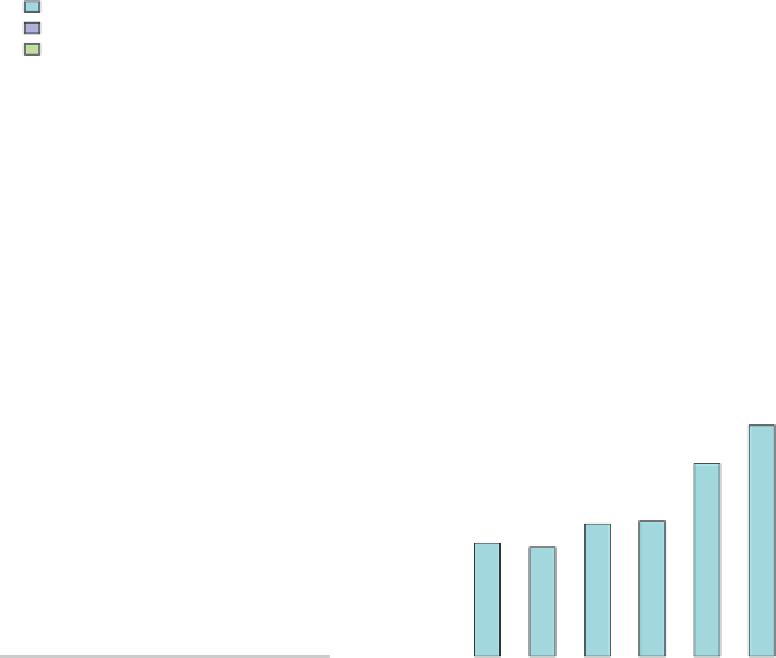Environmental Engineering Reference
In-Depth Information
(a)
47
(b)
32
Consumers feeding on:
Detritus
Plants and bacteria
Animals
28
1
24
20
16
0.1
12
8
4
0
0.01
0-20
20-40
40-60
60-80
80-100
1
10
100
Assimilation efficiency (%)
Substrate C:N ration (in atoms)
(c)
(d)
1.0
100
0.8
80
0.6
60
0.4
40
0.2
20
0
0
0
5
10
15
20
25
30
Temperature
Life-stage
FIGURE 3.3
Factors that affect ecological efficiencies. (a, b) Diet: Both assimilation efficiency of marine animals
(a) and net growth efficiency of aquatic bacteria (b) increase as diet quality increases.
(Redrawn from
Valiela 1984
and
del Giorgio and Cole 1998.)
(c) Temperature: Net growth efficiency of aquatic bacteria falls with rising temperature.
(Redrawn from
Rivkin and Legendre (2001
.)
(d) Physiological status: Assimilation efficiency varies across life stages in
the crab
Menippe mercenaria. (Redrawn from
Valiela (1984
.)
animals eating high-quality food (predators) have higher assimilation efficiencies than
those eating low-quality food (herbivores and detritivores). Likewise, net growth efficiency
of bacteria depends on the quality (e.g., nitrogen content) of the substrate. (These observa-
tions suggest that consumers are not always limited by the energy in their diets, contrary to
a central assumption in classical ecological energetics, but often are limited by the availabil-
ity of specific dietary components—protein, nitrogen, fatty acids, and so on. We will revisit
this assumption later in the chapter.) Net growth efficiencies of bacteria (and perhaps

















































































































































